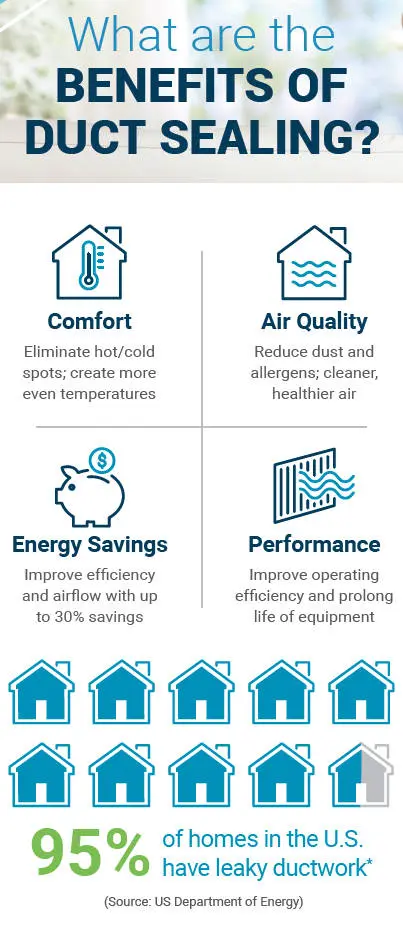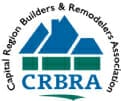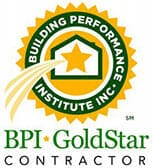HAVE YOU CHECKED YOUR DUCTWORK LATELY?
Up to 40% of the Air Moving Through A Home’s Ductwork is Lost to Leaks, Holes, and Poorly Connected Ducts. That Costs You Money. Why We Take A Holistic Look at Your System
Replacing your heating and cooling system is a big decision, so it pays to hire an HVAC contractor who takes your entire heating and cooling system into consideration: Not just your furnace and air conditioner, but your ductwork as well.
With utility bills accounting for one of your largest annual home expenses, you can’t afford to lose efficiency in your ductwork.
Ductwork is rarely evaluated before replacing a heating and cooling system. And ignoring it can lead to big problems. Because all ducts are manually installed, they are prone to leaks – regardless of whether they are made from sheet metal, flex duct or duct board. In fact, the U.S. Department of Energy estimates up to 40% percent of the air moving through a home’s ductwork is lost due to leaks, holes, and poorly connected ducts. Why is this bad? Because even a small leak can have a big impact on your home.

The Price of Leaky Ducts
In houses with forced-air heating and cooling systems, ducts are used to distribute
conditioned air throughout the house. But in typical houses, about 25-40% of
the air that moves through the duct system is lost to leaks, holes, and poorly connected ducts.
The result is higher utility bills and difficulty keeping the house comfortable, no matter how the thermostat is set.
How Can You Spot A Leaky Duct?
SEER and AFUE are efficiency ratings, kinda like MPG for a car. The higher the SEER or AFUE, the more efficiently it is designed to operate. Much like if there were holes in your gas tank, if you have holes in your ductwork, your system will not perform as expected. That wastes your hard-earned money! In other words: Sealing your ducts can help seal in the savings.
Your High-Efficiency System Investment
Energy STAR estimates heating and cooling can account for more than 50% of a home’s total energy use. It’s just one reason why many consumers shop for high-efficiency systems.
Whether it’s a new furnace, heat pump or air conditioner, this new equipment is designed to last longer and run more efficiently than your current equipment. But remember the longevity and efficiency of heating and cooling equipment also depends on your home’s ductwork. By
evaluating your ductwork before investing in new equipment, you may even be able to downsize to a smaller, more cost-effective heating and cooling system.
Sealing your ducts is the best way to achieve maximum efficiency from your equipment and create a more comfortable, energy-efficient home.
Before investing in a new heating and cooling system, be sure you hire an HVAC contractor that takes the time to evaluate your ductwork before determining the equipment that will best fit your needs.









